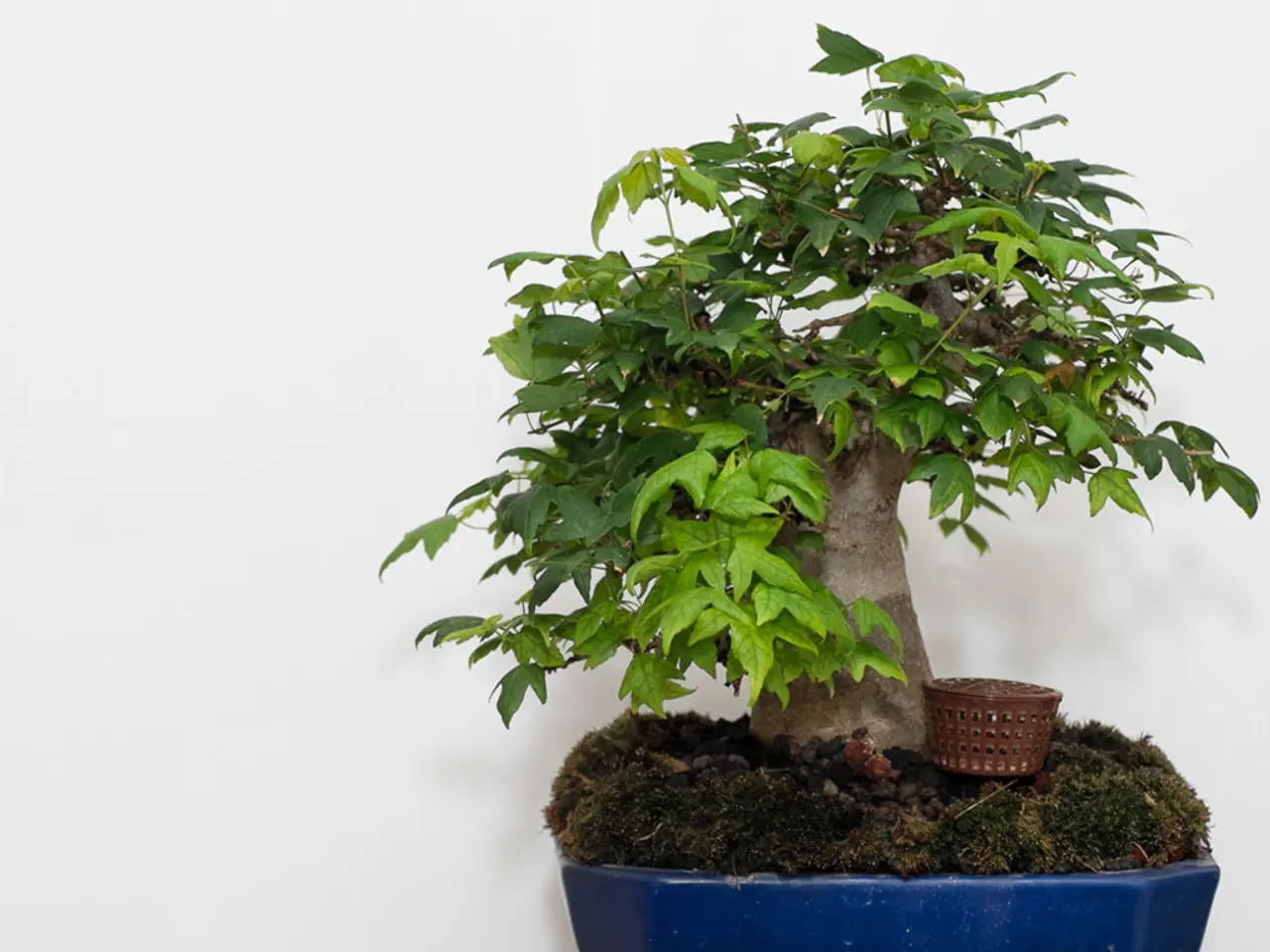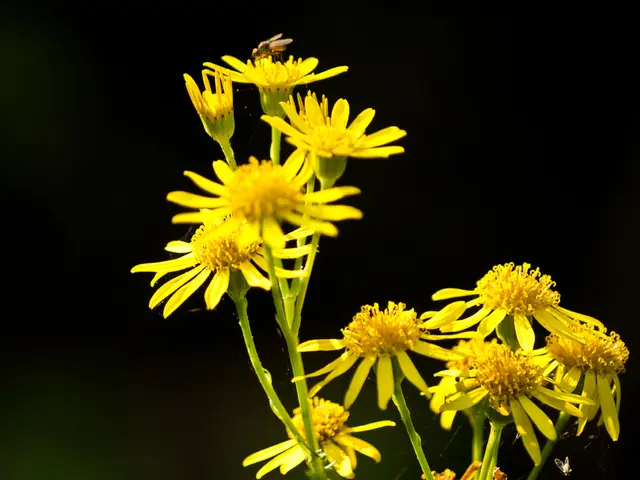Differences in Bonsai Vocabulary Across Regions: A Challenge of Linguistic Interpretation
In the world of bonsai, a universal understanding of certain terms such as "nebari", "jin", and "hachi-uki" is essential. However, regional variations in bonsai terminology exist, reflecting the unique cultural, historical, and environmental factors that have shaped the evolution of the bonsai language across different regions.
The art of bonsai, originating over a thousand years ago in China, was initially cultivated in trays and pots, mimicking natural shapes. The Japanese term for bonsai, "tray planting" or "bonsai" (盆栽), is a testament to this Chinese influence. Japan further developed bonsai as a distinctive art form, with unique terminology reflecting its aesthetic values and cultural philosophy.
Japanese bonsai emphasizes an aged appearance and weathered character, embodying the philosophical concept of mutability—the impermanence and constant change in nature and life. This philosophy has impacted the specific language and terms used in bonsai, focusing on naturalistic shapes, aging, and the symbolism of miniature trees.
Environmental factors also play a significant role in the language of bonsai styling and terminology. Bonsai is inspired by trees growing dwarfed in rocky crevices or cliff overhangs, and these conditions inform the terminology that describes gnarled, old-growth, or windswept forms. Regional flora also influences bonsai styles and terminology since different types of trees and shrubs become the material for bonsai in each location.
Historical records and regional evolution further illustrate the unique development of the bonsai language in Japan. The earliest Japanese record dates back to 1309, and the Japanese systematized bonsai practice with specific terminology distinct from its Chinese antecedent. The historical movement and domestication of plants, such as peaches from China to Japan, and symbolic plants like bamboo, which hold cultural meanings, show how botanical-cultural environments influence language related to plant art.
Regional variations in bonsai terminology can lead to misunderstandings in global bonsai competitions. Mistranslations and misunderstandings can also lead to confusion and misidentification of species, styles, and techniques. For example, the term "formal upright" is commonly used in the West, while in Japan, it is known as "chokkan."
Regional bonsai styles also influence tree species selection. Local climate, aesthetic preferences, and cultural traditions shape the choice of species. The term "Raft" refers to a bonsai style featuring a flat, horizontal trunk in the West, while "Literati" is used in China, and "Bunjin" is used in Japan to describe bonsai with a sparse, minimalist design.
Local dialects can create confusion in international bonsai communication, highlighting the need for clear and standardized communication to facilitate global understanding and collaboration. An example of this is the Australian native tree known as 'Forest Oak,' which is also referred to as 'Casuarina' in other parts of the world.
By adopting a vocabulary that acknowledges these differences, we can create a more harmonious and respectful global bonsai community. Standardized communication and mutual understanding are crucial in fostering collaboration and appreciation for this ancient and beautiful art form across the globe.
- In the realm of fashion-and-beauty, just as in bonsai, regional variations in terminology exist, influenced by cultural, historical, and environmental factors.
- As in the world of bonsai, understanding the unique terminology of sports, such as football's "offside" or cricket's "LBW," is essential for effective communication and collaboration among players and fans worldwide.
- In the education-and-self-development sphere, the terminology used can reflect the cultural and historical context, much like the rich history and regional variations of the bonsai language. For instance, Montessori education's focus on hands-on learning and self-discovery is a testament to its Italian origins.




